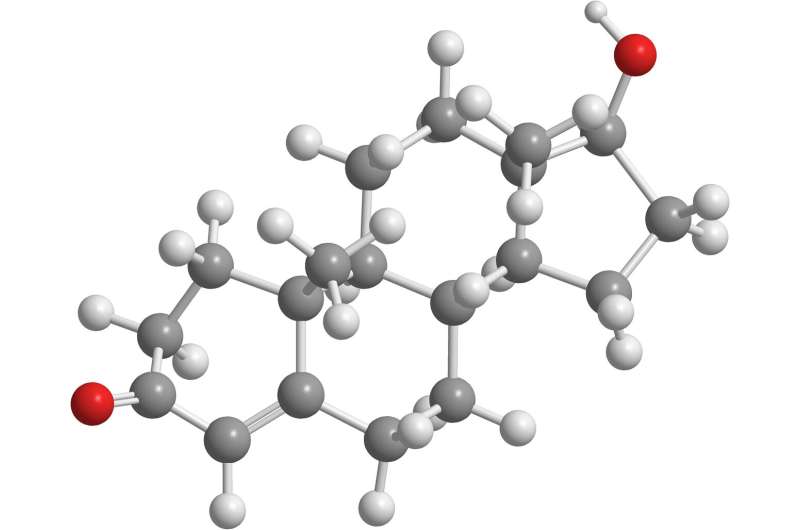Prenatal Testosterone Exposure Influences Children’s Activity Levels and Muscle Strength at Age 7

Research shows that prenatal testosterone exposure affects boys' activity levels and girls' muscle strength by age 7, highlighting the impact of maternal health conditions like PCOS.
Recent research presented at the joint congress of the European Society of Pediatric Endocrinology and the European Society of Endocrinology highlights the impact of prenatal testosterone exposure on early childhood development. The study, conducted by researchers from Odense University Hospital and the University of Southern Denmark, examined how the hormone levels in pregnant women, particularly those with polycystic ovary syndrome (PCOS), influence their children’s physical activity and muscle strength at age seven.
The findings reveal that boys born to mothers with PCOS or elevated testosterone levels during the third trimester are generally less physically active, especially during weekends. Interestingly, this reduction in activity was not linked to the child’s birth weight or the mother’s pre-pregnancy body mass index. Conversely, for girls, higher prenatal testosterone exposure was associated with decreased muscle strength at age seven.
Testosterone, a primary male sex hormone, is vital for fetal development and has been thought to influence neurodevelopment and muscular growth later in life. Although testosterone levels naturally increase during pregnancy, they are typically similar in mothers carrying boys or girls. However, women with PCOS tend to have higher testosterone levels, which can affect fetal development.
Prior studies by the same research team indicated that children around five years old with higher prenatal testosterone exposure tend to have lower grip strength. Additionally, these children often exhibit increased body fat at age seven. In this current study, the team analyzed data from 695 pregnant women and their children, focusing on testosterone levels during the third trimester and subsequent physical development.
The research showed that boys of mothers with PCOS exhibited less physical activity on weekends, an observation independent of other factors such as birth weight and maternal BMI. For girls, increased prenatal testosterone correlated with reduced muscle strength. Lead author Dr. Camilla Viola Palm emphasized the novelty of using objective measurements, like accelerometers, to track activity levels, and pointed out that these early developmental differences could increase risks for future obesity and cardiovascular issues.
Looking ahead, the team plans to explore whether these children continue to exhibit reduced physical activity and associated health risks into adolescence. The goal is to better understand how maternal conditions and hormone levels during pregnancy influence long-term health outcomes like obesity, blood pressure, and type 2 diabetes.
This study underscores the significant role maternal health and hormonal balance play in shaping various aspects of a child's physical development, with potential implications for early interventions and health monitoring.
Stay Updated with Mia's Feed
Get the latest health & wellness insights delivered straight to your inbox.
Related Articles
New insights into intestinal hormone's role in promoting fat burning and weight loss in obese mice
A groundbreaking study reveals how the intestinal hormone FGF19 activates brain pathways to boost fat burning and promote weight loss in obese mice, opening new therapeutic possibilities for obesity and metabolic disorders.
Advanced Monitoring During Heart Surgery Shows No Reduction in Complication Risks
A large-scale study finds that high-tech tissue oxygen monitoring during heart surgery does not reduce the risk of serious post-operative complications, guiding future innovations in surgical care.
The Role of Genome Doubling in Cancer Metastasis and Tumor Evolution
Recent research highlights the significance of genome doubling in cancer metastasis, revealing how genetic alterations like CNAs drive tumor evolution and resistance. These insights could pave the way for targeted therapies against metastatic cancer.



